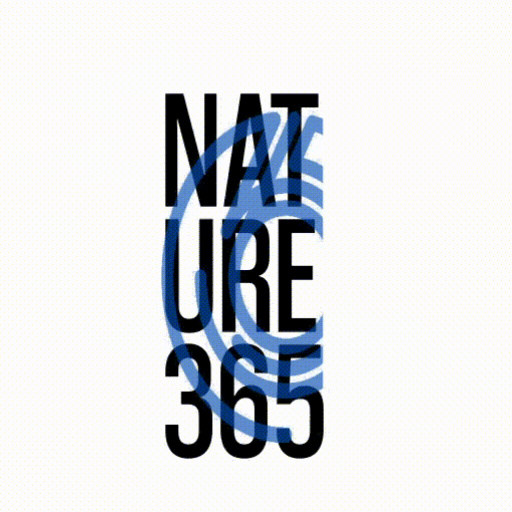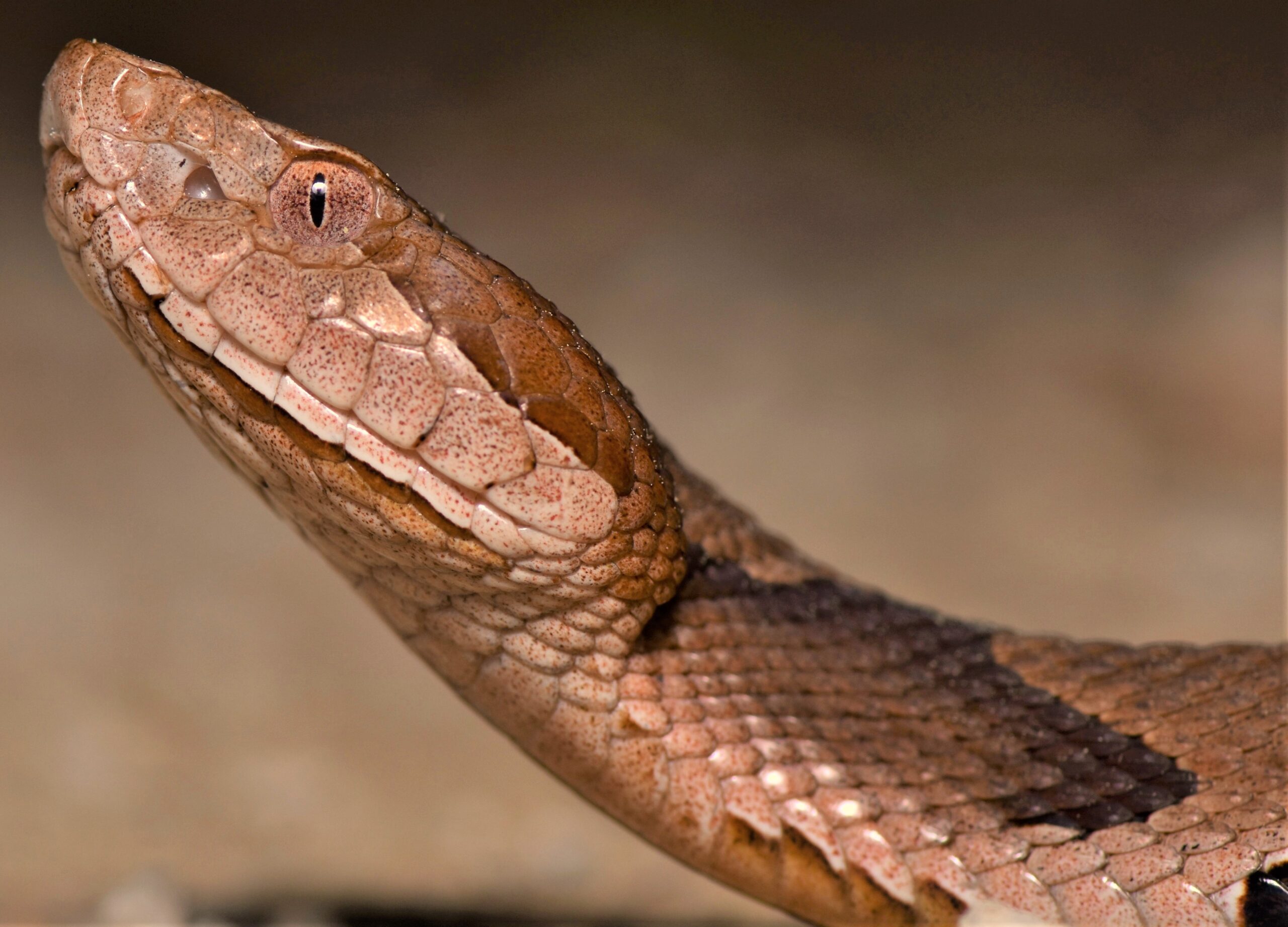Snake Island is certainly an interesting location that has earned a infamous reputation. It lies off the coast of Brazil and is well-known for being inhabited through an unusually high density of one of the world’s maximum venomous snakes, the golden lancehead viper . Due to its risky inhabitants, Snake Island is off limits to the general public and is heavily guarded by using the Brazilian Navy to prevent any unauthorized entry. The golden lancehead viper is fantastically venomous, with its venom being able to melting human flesh. The island’s unique atmosphere has allowed this precise species of snake to thrive, with estimates suggesting that there might be as much as five snakes consistent with square meter at the island. Despite its forbidding recognition, Snake Island has grow to be a supply of fascination for scientists and researchers keen to have a look at the rare species that name it domestic. The island serves as a reminder of the delicate balance of nature and the importance of retaining our international’s various ecosystems.
- Isolation and Restricted Access: Snake Island is exceedingly isolated, making it hard for human beings to get admission to. The Brazilian government strictly controls visits to the island due to the chance posed via its venomous snake population. This isolation protects the vipers from human disturbance but also limits their habitat and genetic range. Despite the restrained get entry to, research and observations have been performed on Snake Island to better understand the behavior and ecology of its precise snake populace. Scientists have made crucial discoveries about the island’s endemic species and their adaptations to the tough surroundings. Snake Island’s snake population faces challenges due to restricted access and human activities, which have significantly impacted their numbers. Efforts to protect the island’s biodiversity are being made, but the remote location and restricted access to snakes make these conservation measures difficult to implement.
- Environmental Threats: While Snake Island itself would possibly provide some protection from human hobby, it isn’t always immune to environmental threats such as weather exchange, habitat degradation, and invasive species. These elements can negatively effect the viper populace and their habitat through the years. Climate change poses a tremendous risk to the viper population on Snake Island as it could lead to modifications in temperature and precipitation patterns, which could disrupt the delicate balance of their environment. Habitat degradation, resulting from sports inclusive of deforestation and concrete development, can also pose a threat to the vipers’ potential to discover food, shelter, and mate. Invasive species, inclusive of rats or feral cats, can compete with the vipers for resources and prey on them, main to a decrease in their populace numbers. Snake Island’s ecosystem and viper population’s survival require conservation efforts to mitigate environmental threats. This includes controlling invasive species, educating the public about biodiversity, and participating in habitat recovery projects. These measures will help maintain the delicate balance of Snake Island’s environment and protect its viper population’s future.
- Limited Resources: Despite being an uninhabited island, Snake Island has confined sources for its snake populace. The golden lancehead vipers in most cases feed on migratory birds that go to the island, which restricts their meals supply. This limitation can affect the populace length and fitness of the vipers. Another large useful resource limitation at the island is water. With no freshwater sources, the snakes have to depend on taking pictures rainwater in crevices and depressions. This scarcity of water can impact the general surroundings on the island as well as the survival and replica rates of the snakes. Island isolation can lead to inbreeding of viper populations, resulting in genetic defects and decreased variety. This increases susceptibility to diseases and environmental stressors, affecting their population size and thriving potential.
- Research and Conservation Efforts: Despite the demanding situations, researchers had been studying the golden lancehead vipers on Snake Island to higher recognize their biology, conduct, and conservation desires. Conservation efforts purpose to protect each the vipers and their unique island habitat, but those efforts face sizeable challenges because of the island’s far off vicinity and constrained assets. Researchers have diagnosed key threats to the golden lancehead vipers, which include habitat loss, climate exchange, and unlawful poaching. To deal with those challenges, conservationists are running to establish blanketed areas on Snake Island, put in force sustainable tourism practices, and teach neighborhood communities about the importance of preserving this rare and endangered species. Scientists are conducting genetic research to understand the population dynamics of golden lancehead vipers and develop conservation strategies for their long-term survival and biodiversity on Snake Island. Despite challenges, efforts are being made to protect the species through increased recognition, strengthened policies, and collaboration with stakeholders. With continued efforts, the viper may thrive again on Snake Island.
Snake Island, a sanctuary for golden lancehead vipers, offers safety from human disturbance but also faces challenges such as restricted assets, genetic vulnerability, environmental threats, and ongoing conservation efforts. These threats include competition a few of the vipers, inbreeding inside the small populace, and environmental elements like natural disasters or climate exchange. Conservation efforts are ongoing, however illegal poaching and smuggling pose threats, as well as capability habitat destruction or infection. Without good enough protection and conservation techniques, the protection of Snake Island stays precarious. It is essential to maintain monitoring, studies, and conservation tasks to ensure the lengthy-time period survival of this precise and endangered species in their isolated sanctuary.
- About the Author
- Latest Posts
A passionate advocate for all natural and sustainable ideas. With a background in sustainable economics science and a deep love for nature, Sojy has dedicated his career to promoting eco-friendly practices and encouraging others to live a more sustainable lifestyle. He is an avid hiker, gardener, and cook, and loves experimenting with natural ingredients in his recipes and lifestyle routines. Sojy believes that small changes can make a big impact and is constantly seeking out new ways to reduce his carbon footprint and inspire others to do the same




